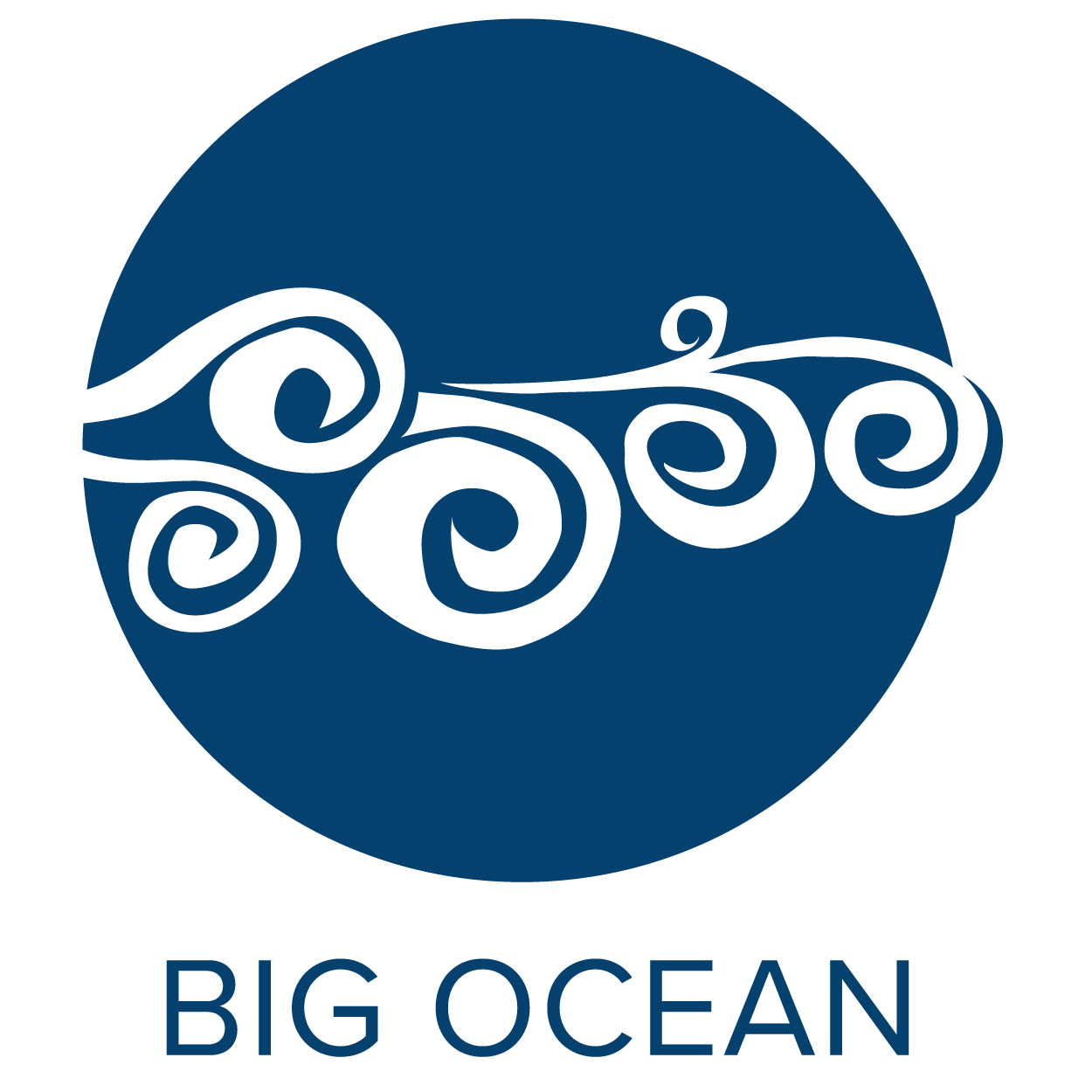Phoenix Islands Protected Area and World Heritage Site (Republic of Kiribati)
Established: 2008
Kiribati first declared the creation of PIPA at the 2006 Conference of the Parties to the Convention on Biological Diversity in Brazil. On January 30, 2008, Kiribati adopted formal regulations for PIPA that more than doubled the original size to make it, at that time, the largest marine protected area on Earth.
Location: Central Pacific Ocean, 5 degrees south of the equator, S3 38 59 W172 51 27
Size: 408,250 km2
The Phoenix Island Protected Area (PIPA) is a 408,250km2 expanse of marine and terrestrial habitats in the Southern Pacific Ocean. The area encompasses eight of the islands in the Phoenix Island Group, one of three island groups in Kiribati, and is the second largest Marine Protected Area in the world. PIPA conserves one of the world’s largest intact oceanic coral archipelago ecosystems, together with 14 known underwater seamounts and other deep-sea habitats. The area consists of a wide range of marine environments and displays high levels of marine abundance, increasingly rare in the tropics, and especially in the case of apex predators, sea turtles, sea birds, corals, giant clams, and coconut crabs, many of which have been depleted elsewhere. PIPA contains approximately 800 known species of fauna, including over 200 coral species, 500 fish species, 20 marine mammals and 44 bird species, including globally important seabird nesting grounds. The area also protects rare traditional plants that have cultural and medicinal values in Kiribati, but are now threatened on more populated islands. PIPA has exceptional value as a natural laboratory for the study and understanding of significant ongoing ecological and biological processes in the evolution and development of marine ecosystems of the Pacific.
In 2010, the PIPA was enlisted in the UNESCO’s World Heritage and till now still stands as the World Heritage largest and deepest MPA. In 2015, the Government of Kiribati declared to the world the full closure of the PIPA to all forms of commercial fishing. It was in same year that the PIPA Trust, establish in 2009 under its own Act, first received its initial capitalization in the amount of AU$5million - $2.5million provided by the Government of Kiribati and the other $2.5million kindly donated by the Conservation International. The idea in the investment is three-fold – i) to make ready the revenue compensations to Government in times when there is loss to fisheries revenue due to the closure; ii) to meet costs of managing and protecting the PIPA, and (iii) to finance the operations of the PIPA Trust Endowment Fund.










